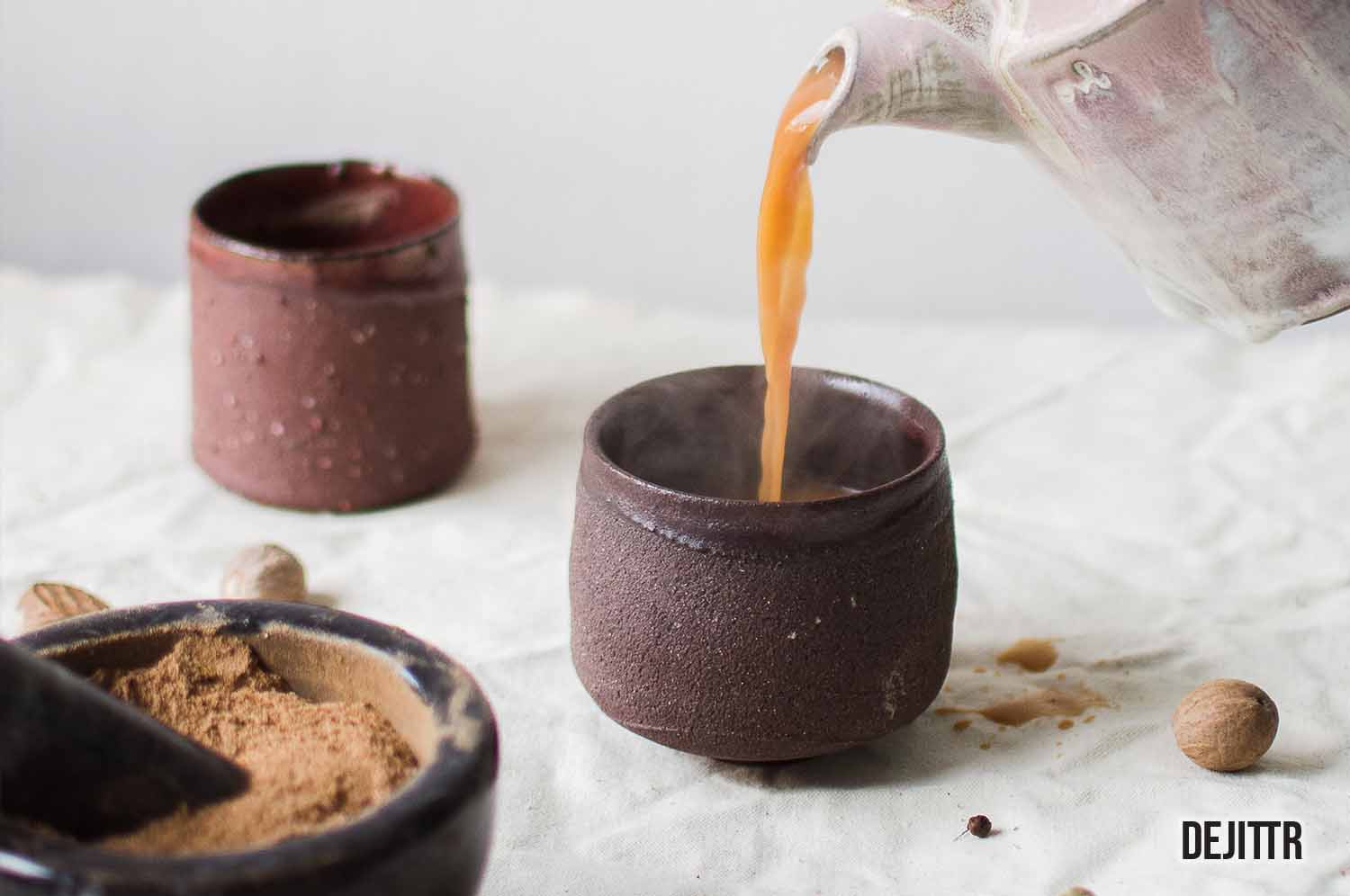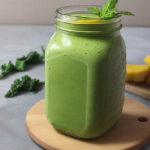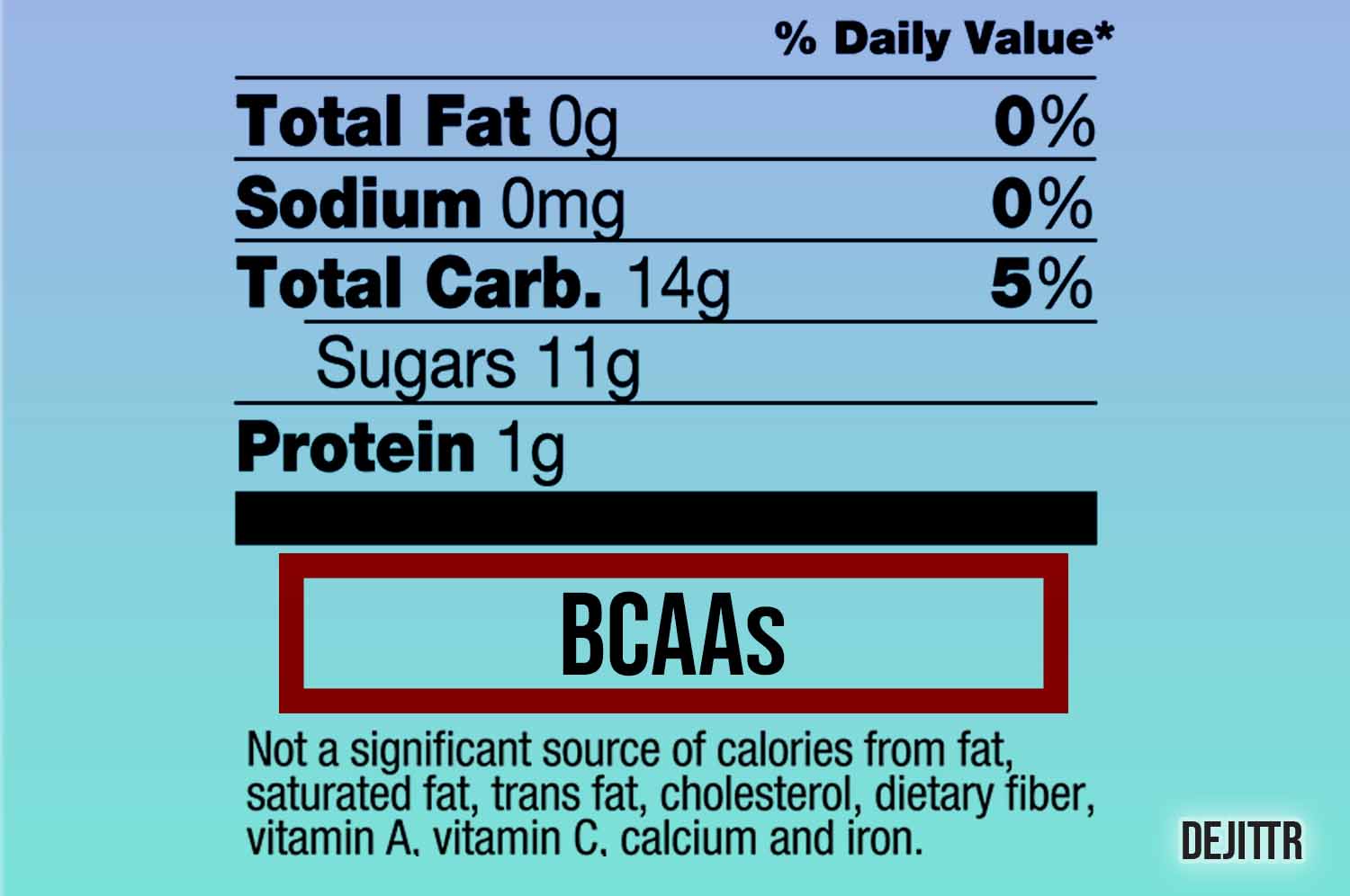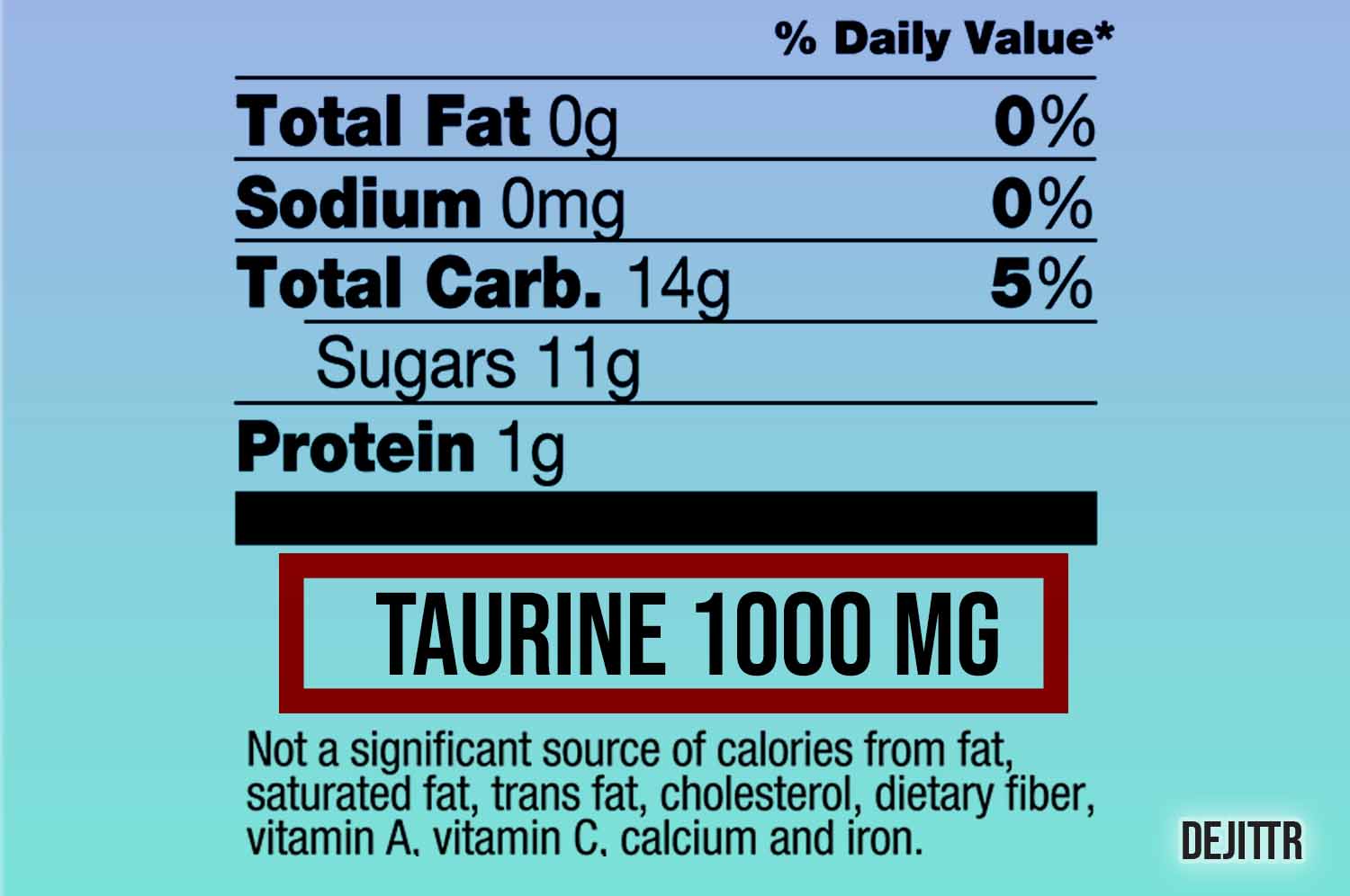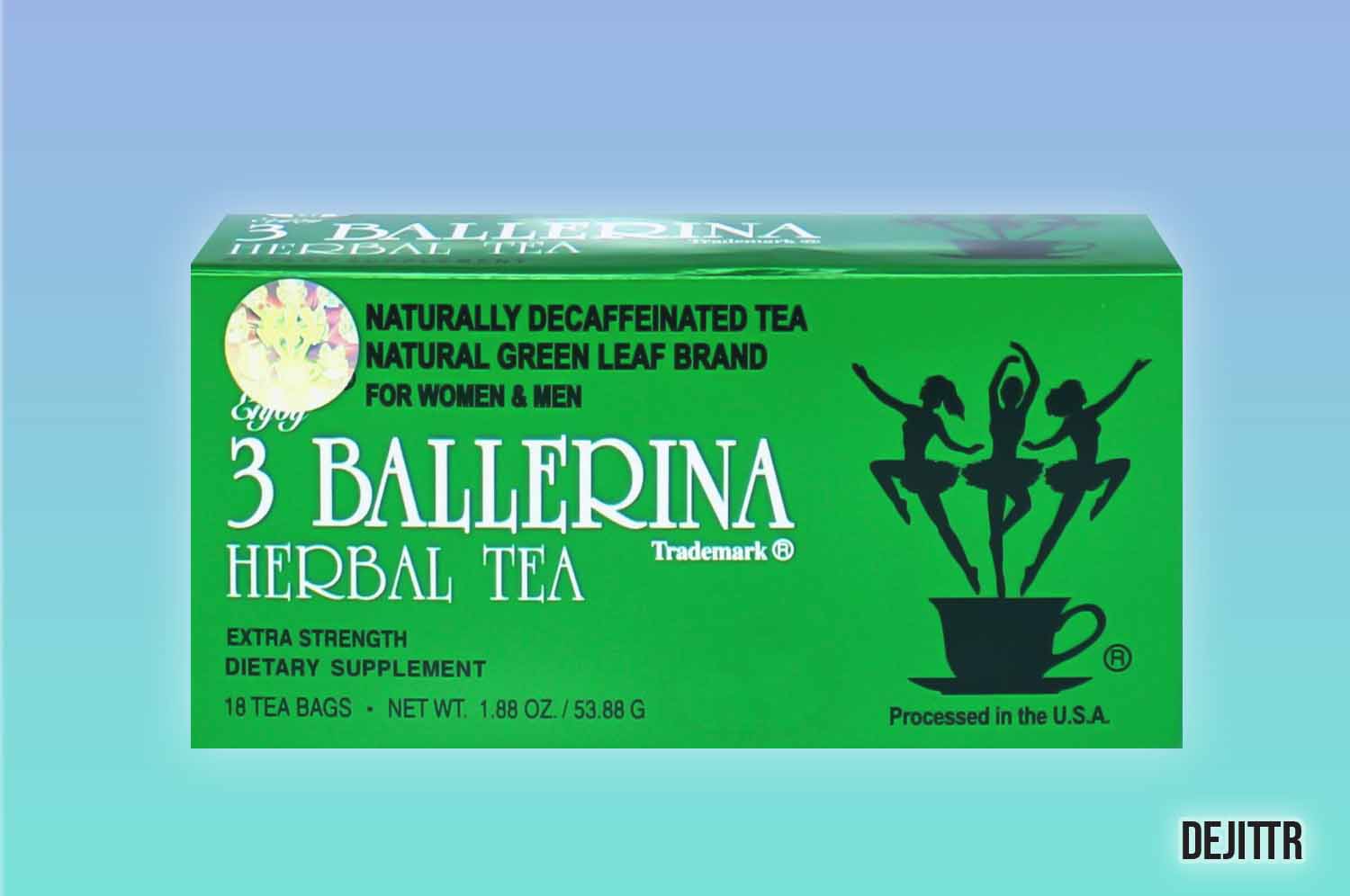As the world becomes more global and we experience cuisines from different continents, Chai tea has gained more and more popularity. The Chai tea that has become popular among westerners today is actually what South Asians would refer to as Masala chai or spiced tea.
Some people find Chai tea spicy because the tea is infused with spices that give it its distinct flavor. Depending on the amount of each spice used and the length of time it’s steeped for, it can become very bold-flavored and spicy.
This article will discuss why chai tea might taste especially spicy to some people. Read on to learn more about the components of chai tea and how to make your own tea at home.
Why Is Chai Tea Spicy?
Chai tea is spicy due to the bold flavors of spices like ginger, cloves, cardamom, black pepper, star anise, fennel, and cinnamon. You make Chai tea by brewing black tea with milk and these spices.
Unlike regular black tea that’s made by steeping black tea leaves or a teabag in boiling water and adding milk, chai tea contains a mix of aromatic and sometimes pungent spices. These spices are what give it such a distinct flavor.
Another difference that sets Chai apart from English tea is that the milk and tea are boiled together. On the other hand, milk is added at the end of the preparation process to make English tea.
Traditionally, Chai tea is made using whole spices, giving it a bold, full flavor and is sweetened with sugar. When preparing Chai tea, most people tend to favor whole spices over ground spices. Their taste and nutrient content are generally far superior.
Spices that you buy pre-ground lose their flavor over time, especially if they’ve been sitting on supermarket shelves or warehouses for an extended period of time. Also, many spice companies use preservatives to prolong the shelf life. This dilutes the flavor and the nutritional value of the ground spices.
Is Chai Tea Supposed To Be Spicy?
Chai tea is supposed to be spicy. Most traditional recipes are designed to make the tea spicy, with a hint of sweetness. Adequately prepared Chai tea is described as having a balance of smooth, spicy, and bold flavors.
Every South Asain family has their own recipe that depends on their taste preferences. The region can also play a role in the chai flavor profile.
Recipes vary in terms of the combination and amount of spices used to get just the right level of punch. While most families sweeten their Chai with sugar, honey is also a common addition.
Nowadays, as Chai or Masala tea has grown in popularity, you can buy premixes at your local supermarket to make at home. You can also order Chai from most coffee shops and cafes. Usually, the premixes are less spicy than making it from scratch with whole spices.
Why Is My Chai So Spicy?
If your Chai is too spicy, it may contain too much black pepper and cinnamon. It could also be that you left your tea and spices to simmer on the stove for too long, or that you ground your whole spices.
If you’ve made your Chai from scratch and find it to be too spicy for your palate, it’s probably because you put in more spices than you needed. Black pepper and cinnamon are especially spicy and pungent, and can greatly impact the flavor of your tea.
Another reason your Chai could be too spicy is that you boiled the tea and spices together for too long. The longer you leave your tea to simmer on the stove, the deeper the spicy flavors will infuse. To get a milder flavor, take the tea off the stove as soon as it comes to a boil.
Lastly, while ground spices you buy tend to lack flavor, spices that you grind yourself just before using have a more intense flavor. So, if you grind your spices before adding them to your Chai, you can expect a spicier flavor.
Making Chai Tea Without Premixes
Making Chai tea is super easy, even without premixes. There are generally two ways to make Chai tea using whole spices.
The first involves using whole spices as they are, and the second method involves crushing the spices before using them. Both methods will give you a delicious, full-bodied flavor, so the method that you choose is up to you.
Making Chai Tea Using Whole Spices
To make Chai using whole spices, follow these steps:
- Place a pot on your stovetop with about 2 cups of water and turn the heat up to high (you can also boil your water in the kettle first and then pour it into the pot, as it heats faster in a kettle).
- Add your spices (1 cinnamon stick, 2-3 cardamom pods, 1 star anise, 3-4 fennel seeds, 1-2 black peppercorns, 1-2 cloves, and a little piece of ginger).
- Add 2 black tea bags or 2 teaspoons of loose black tea leaves.
- Add about 1 cup of milk and let the tea come to a boil.
- Once the Chai comes to a boil, you can remove it from the stove and strain using a tea strainer.
Don’t remove the Chai from the stove as soon as it has boiled if you’re after a more intense flavor. Instead, turn down the heat and allow it to simmer for a few minutes before removing from the heat and straining.
For Stronger Flavors, Grind Your Spices First
The second method is to grind your spices before making your Chai. Some families buy whole spices, grind them, and store them in a jar as this is more convenient than grinding them every time they make Chai.
Remember, if you plan on grinding your spices to use later, the intensity of the flavor decreases the longer you store them. To maintain the spices’ flavor intensity, many families grind a fresh batch every week.
To make Chai tea with ground spices, you can use a mortar and pestle or a spice grinder. After grinding your spices, follow the same steps as above to finish preparing your tea.
This method will give you a deeper flavor. If you’re planning on grinding extra spices to store for future use, make sure to keep them in an airtight container since exposure to air degrades the flavor.
Final Remarks
Chai tea is meant to be spicy since it’s made with spices. If you find your Chai too spicy for your liking, cut down the amount of spice you use, especially black pepper and cinnamon.
You can also reduce the length of time your Chai simmers on the stove and opt to use whole spices rather than ground spices to give you a milder flavor.
Photo altered by dejittr.com | Photo attribution: Klara Avsenik


